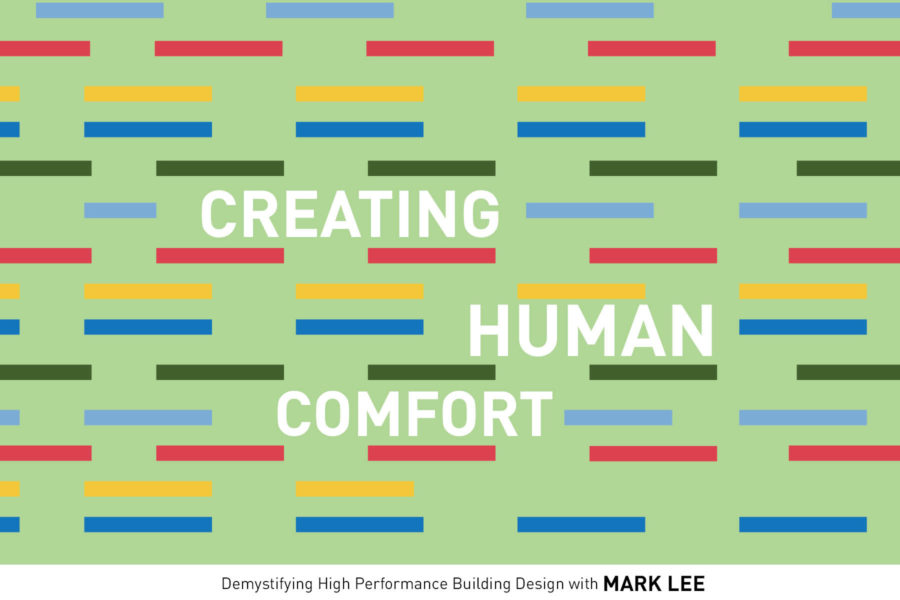Insights
Oct 4, 2019 _ insights
Creating Human Comfort: Demystifying High Performance Building Design
Today’s technology allows us to push the boundaries of what facades can do and how architecture impacts the comfort of people who work inside our buildings. Today, Americans spend 90% of their lives indoors. Designing buildings for human comfort means crafting high performing and sustainable building enclosure systems.
In their presentation at the American Institute of Architects Ohio Valley Region Conference, GBBN Associate Principal Mark Lee and Tracy Steward of CMTA shared the design process for the University of Louisville Physicians’ Novak Center for Children’s Health. This case study focused on how the team used readily available means of construction and close coordination of building systems to achieve a high-performance building enclosure. This enclosure creates a comfortable interior for people and will reduce operating and maintenance costs over the life of the building.
Each major decision related to a building’s façade has an impact on sustainability, performance, and human comfort. For the Novak Center for Children’s Health, site analysis, energy use simulations, and specific assembly performance analyses informed the building design so that it exceeds the current International Energy Conservation Code within the client’s budget. Our design team placed an equal importance on lifecycle analysis and employed strategies to ensure durability and tenant flexibility over the course of a long building lifespan.
The presentation focused on:
- Value of early coordination in the project between architect and HVAC engineers to create a healthy indoor environment.
- Importance of a robust air barrier to control costs and acheive and exceed energy conservation goals.
- Create a healthy environment with high quality indoor air.
- HVAC design and facade are interactive, acting as a holistic environmental control system.
See all the slides here.




